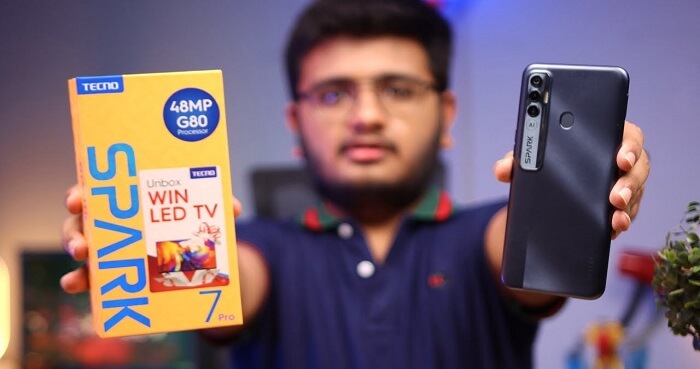Android phone owners are warned that a strain of malware called FalseGuide has been downloaded onto about to 2 million handsets.
The malicious software system had been hidden within variety of apps on the Google Play store between 2016 and early 2017. The apps seemed to be guides to alternative android games, and were submitted beneath the names of pretend developers ‘Sergei Vernik’ and ‘Nikolai Zalupkin’.
Security specialists warned that FalseGuide can’t be removed once a phone is infected – and people who have fallen victim to the malware are bombarded with advertising.
The offending apps have currently been off from the Google Play store.
Malware Used for police investigation in ten Countries
It is thought that a team of Russian hackers are behind the malware, that they will be victimization to form a botnet.
Online security firm Check purpose explains: “A botnet may be a cluster of devices controlled by hackers while not the data of their owners. The bots are used for numerous reasons supported the distributed computing capabilities of all the devices.
“FalseGuide will receive messages containing links to further modules and transfer them to the infected device.
“Depending on the attackers’ objectives, these modules will contain extremely malicious code meant to root the device, conduct a DDoS attack, or perhaps penetrate non-public networks.”
Check purpose warns that mobile botnets are progressively seen over the past few months, adding: “Users shouldn’t believe the app stores for their protection, and implement further security measures on their mobile device, even as they use similar solutions on their PCs.”
“FalseGuide creates a silent botnet out of the infected devices for adware functions. A botnet may be a cluster of devices controlled by hackers while not the data of their owners. The bots ar used for numerous reasons supported the distributed computing capabilities of all the devices.”
The malware has been ascertained in a minimum of forty nine android apps, that are downloaded by as several as one.8 million android users in five about months they spent at the Play Store. fortuitously, most of these apps were found to possess terribly low transfer figures. Apps harboring the virus embrace pretend companion apps for well-liked games like Pokemon Go and FIFA Mobile.
Despite Google being pretty strict concerning regular security updates and OEMs cathartic them, nearly 1/2 all Androids didn’t get regular security updates in 2016, creating means for probably harmful malwares reminiscent of FalseGuide to take advantage of users.The malicious apps weren’t a part of the official ROM firmware provided by the phone makers however were additional later somewhere on the provision chain. In six of the cases, the malware was put in to the read-only memory victimization system privileges, a way that needs the computer code to be fully re installed for the phone to be disinfected.
“This finding proves that, albeit a user is extraordinarily careful, ne’er clicks a malicious link, or downloads a questionable app, he will still be infected by malware while not even knowing it,” Check purpose Mobile Threat research worker Daniel Padon told Ars. “This ought to be a priority for all mobile users.”
Most of the malicious apps were data stealers and programs that displayed ads on the phones. One malicious ad-display app, dubbed “Loki,” gains powerful system privileges on the devices it infects. Another app was a mobile ransomware title referred to as “Slocker,” that uses Tor to hide the identity of its operators.
The infected devices included:
Galaxy Note two
LG G4
Galaxy S7
Galaxy S4
Galaxy Note four
Galaxy Note five
Galaxy Note eight
Xiaomi Mi 4i
Galaxy A5
ZTE x500
Galaxy Note three
Galaxy Note Edge
Galaxy Tab S2
Galaxy Tab two
Oppo N3
vivo X6 plus
Asus Zenfone two
LenovoS90
OppoR7 plus
Xiaomi Redmi
Lenovo A850



